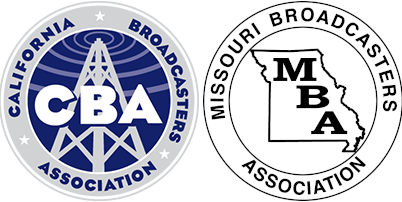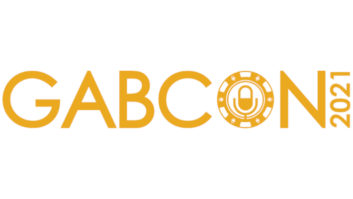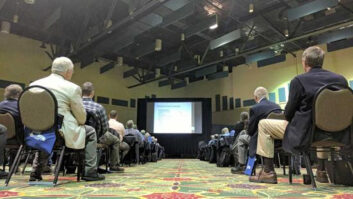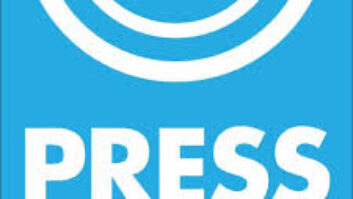This is one in a series of articles about what the industry is telling the FCC about all-digital on the U.S. AM band.
It’s time for all-digital AM to come to fruition — with as little delay and with as simple a transition process as possible.
That’s the message from two more broadcasting associations that are calling on the Federal Communications Commission to allow a voluntary station-by-station transition to an all-digital mode of operation by AM band broadcast stations.
[Read: Hubbard Radio Backs Push for All-Digital Option on AM]
These comments were filed by the California and Missouri Broadcasters Associations. They urged the FCC to adopt the MA3 digital operation rules as promptly as possible. A number of other broadcast organizations and associations have filed their own separate comments, as we’ve been reporting.
The California and Missouri associations said they believe that this proceeding is especially important to small towns and diverse communities where local AM remains the most relevant source of local news and information.

“AM broadcasters provide unique, community-based programming that distinguish them from other media sources in an increasingly competitive mass media market,” they stated. “Many local communities still have but one ‘community-oriented’ resource: their AM station.”
One of the biggest benefits of an all-digital operation is the improvements it could bring to the audio quality of AM broadcasts. Citing an NAB study and the results from an experimental license operated by WWFD(AM) in Frederick, Md., all-digital operations have the capability to significantly improve audio quality compared to hybrid or analog — most importantly when it comes to improvements from ambient noise and interference. Not only that, but troublesome first-adjacent-channel interference is all but eliminated with the reduced-bandwidth MA3 mode, the groups said.
[News happens every day. Sign up for the free Radio World NewsBytes newsletter.]
The filing noted a recent student on the audio quality improvements via AM all-digital. That study found that when a station switched to digital, its previously hard-to-hear analog signal became solid with no dropouts. With all-digital there was no additional, environmental noise. “[L]isteners who had previously refused to tune in WWFD because of poor quality, now comment on the high quality of the all-digital signal that produces noise free, high-fidelity programming,” the groups wrote in the filing.
The groups also said that AM all-digital MA3 mode can produce a respectable HD2 signal that has the ability to support a second local translator with a second, independent stream of programming, a benefit that HD Radio developer Xperi has recently been emphasizing.
“A small town’s single AM station can, therefore, effectively become a second local station supporting a second FM signal, multiplying the local sources of news and entertainment,” the associations wrote. “[A]ll-digital AM technology will improve the ability of diverse communities to better receive specialized programming tailored to their needs.”
Last but not least? The groups pressed the FCC to adopt a plan to convert to all-digital via a simple notification procedure. “There is no justification for a costlier or cumbersome procedure,” the groups said.
Learn about all-digital for AM in depth in Radio World’s recent webinar “Digital Sunrise for AM.”











